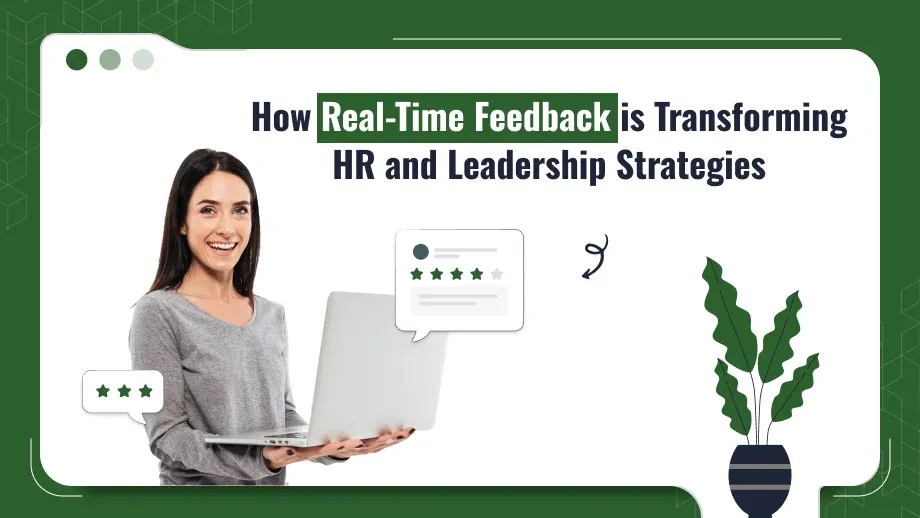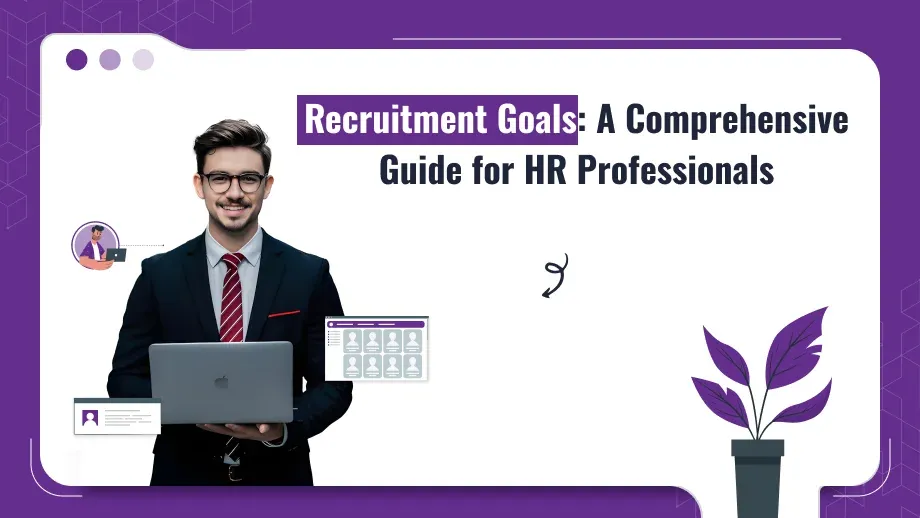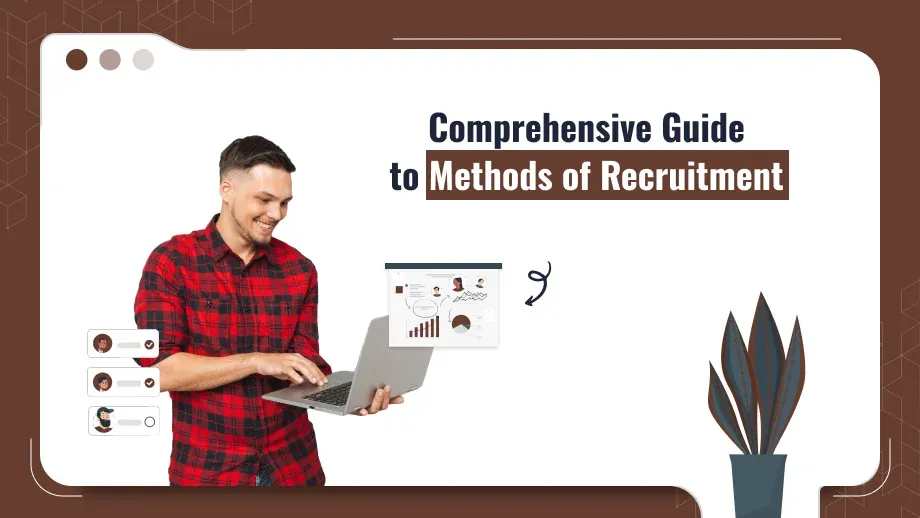
In the ever-changing workplace real-time feedback is no longer a trend it’s a necessity for modern businesses. As businesses attempt to remain competitive yearly surveys are not keeping up with the pace and requests of today’s workforce. Instep, it is the modern gold standard for employee development and business performance.
what is real-time feedback?
Real-time feedback is the immediate evaluation or response to an employee’s performance or behavior as it happens not after a certain period or event. It provides insights, suggestions, or corrections in real-time during work activities. This allows remote talent employees to see how their actions align with expectations and make adjustments on the spot.
Real-Time Feedback and Employee Performance
Real-time feedback is meant to be immediate and actionable which is key to improving employee performance. Research shows that when employees get feedback instantly they can correct mistakes and improve faster. This allows employees to refine their skills continuously and learn how to be productive, helping the business stay agile and effective
For case, companies utilizing Ability Management Systems have seen their employees take more activity when criticism is opportune. This is especially valuable in fast-paced situations like tech startups where workers are juggling different ventures and require real-time insights to adjust quickly.
Applicant Tracking Systems and cloud-based HRMS software can also be utilized to collect and examine execution data and donate supervisors insights into worker conduct, work designs, and general commitments. With these systems feedback can be tied to measurable results so supervisors can give more accurate and helpful feedback.
Using Real-Time Feedback for Leadership Development
One of the less obvious but highly effective uses of it is in leadership development. Traditional methods of identifying leadership potential rely on long-term observation and annual reviews. It allows companies to spot leadership qualities much sooner by tracking how employees handle immediate challenges, manage teams, and contribute to company goals.
This is especially important for HR recruitment roles. For example, if an employee takes initiative and leads projects successfully it can highlight these qualities and make them a potential candidate for leadership roles. This can be especially useful in managing the Recruitment Pipeline for filling key positions within the business. By providing feedback on leadership potential companies can create a steady stream of internal candidates for managerial roles and reduce external hiring.
Overcoming Feedback Resistance and Creating a Feedback Culture
Although the benefits of feedback are well known implementing real-time feedback can encounter resistance. Some employees may feel uncomfortable with frequent critiques while managers may struggle to give feedback regularly.
To overcome these challenges companies must create a feedback culture. This means feedback is not seen as criticism but as an opportunity for growth. Here are some ways to do that:
Normalize Feedback:
Train managers and team leaders to make it a part of daily conversation. When feedback is normalized it reduces anxiety and employees see it as a tool for improvement, not a punishment.
Balance Positive and Constructive Feedback:
Employees often associate feedback with negativity. To prevent this managers should balance constructive criticism with positive reinforcement. Highlighting what employees are doing well keeps them motivated while constructive feedback encourages improvement.
Use Feedback to Build Relationships:
Managers should use it as a way to connect with their teams. Personalizing feedback – showing empathy and understanding of individual goals and challenges – can help build stronger relationships and reduce feedback resistance.
Future of Real-Time Feedback: AI and Machine Learning
Looking forward AI and machine learning will change the way It is delivered. AI-powered tools can analyze an employee’s performance data in real time and give automated data-driven feedback. These systems can track everything from communication patterns to task completion rates and give managers more insight than ever before.
For example, a Talent Management System powered by AI might flag specific behavior trends such as an employee’s collaboration skills or project management capabilities. With predictive analytics, these tools can even forecast future performance and allow HR leaders and CEOs to manage potential issues before they become problems.
These systems can feedback across a Global Talent Pool so employees worldwide get consistent and fair feedback wherever they are based.
Transform your team’s performance with real-time feedback today!
Implementing real-time feedback can drive engagement, foster growth, and create a more agile workforce.
Real-Time Feedback in Hybrid and Remote Workplaces
With the rise of remote and hybrid working feedback real-time has become more important. Remote employees feel disconnected from their managers and teams and engagement drops. Real-time performance feedback helps to bridge that gap by keeping communication regular and remote workers feel supported and connected to the team.
In a hybrid workplace where some employees are in the office and others work remotely, feedback has to be even more intentional. Through cloud-based HRMS software, managers can offer feedback at a predetermined interval and get everybody aligned with the company’s goals. This is critical to productivity and engagement in a dispersed workforce.
Companies with large Global Talent Pools benefit greatly from it as it allows them to give continuous performance insights across different regions and time zones. Feedback tools in Talent Management Systems ensure every employee wherever they are gets timely feedback to guide their development.
How Talent Management Systems Work with Real-Time Feedback
Most Talent Management Systems (TMS) are designed to track an employee’s lifecycle – from hiring to development and in some cases succession planning. By integrating feedback into these systems companies can ensure every part of the talent management process is informed by up-to-the-minute performance data. Here’s how TMS and real-time feedback work together:
Tracking Development Goals:
With a TMS companies can track individual employee goals, align them to company objectives, and give feedback in real time. This means employees are always moving in the right direction and managers can identify when extra support or resources are needed.
Enhanced Recruitment Pipeline:
By giving it during onboarding and probationary periods HR can ensure new hires are settling in and identify potential leaders early. Feedback in the Recruitment Pipeline allows companies to make more informed hiring decisions based on immediate performance rather than just interviews and qualifications.
Succession Planning:
For companies looking to fill key roles internally, It provides valuable insights into who is ready for the next step. By evaluating employees’ current performance in real-time and tracking it over time HR teams can make data-driven decisions on promotions and leadership development.
Addressing Skills Gaps:
TMS platforms can highlight where employees are struggling and it allows managers to address those gaps immediately. For example, if an employee is consistently late with deadlines or struggling with collaboration managers can give feedback and training right away so those issues don’t impact long-term performance.
Using Technology for Continuous Feedback
HR technology has made it easier than ever to collect, analyze, and act on feedback. Using cloud-based HRMS software HR professionals can gather feedback across departments, locations, and even time zones. This is particularly useful for managing a Global Talent Pool where employees are scattered across the world but still need regular performance insights.
Data Driven Decisions:
It combined with AI-driven Talent Management Systems allows HR teams to make more informed decisions. AI can analyze feedback trends and predict which employees need extra support or are on track for a promotion.
Automation and Efficiency:
Automation in HRMS software can alert managers when feedback is due so no one falls through the cracks. This automation reduces the burden on managers and ensures employees get feedback when they need it.
Global Consistency:
For companies with a Global Talent Pool consistency in feedback across locations is key. Cloud based HRMS software ensures all employees wherever they are get the same quality of feedback. This also helps in maintaining a common company culture as feedback is aligned to the company goals and values.
Real-time feedback as part of a bigger HR strategy
HR leaders, CHROs, and CEOs shouldn’t view it in isolation. It should be part of a broader HR strategy that includes performance management, leadership development, and talent retention. By embedding feedback into cloud-based HRMS software and Talent Management Systems companies can ensure feedback is not just a one-off event but a continuous process that drives long-term success.
In summary:
- Continuous employee engagement.
- Faster time to address performance issues or skill gaps.
- Automation of feedback reminders and performance metrics tracking.
- Data-driven insights from Talent Management Systems.
For HR professionals and leaders managing a Global Talent Pool, these tools are essential to keep employees connected and aligned to the company goals wherever they are in the world.
Conclusion
In an era of adaptability and speed, real-time feedback is what HR professionals, CHROs, and CEOs need to create a responsive, engaged, and high-performing workforce. By moving away from traditional outdated performance reviews and embracing real-time performance feedback companies can drive continuous improvement, leadership development, and stay ahead in the market.






